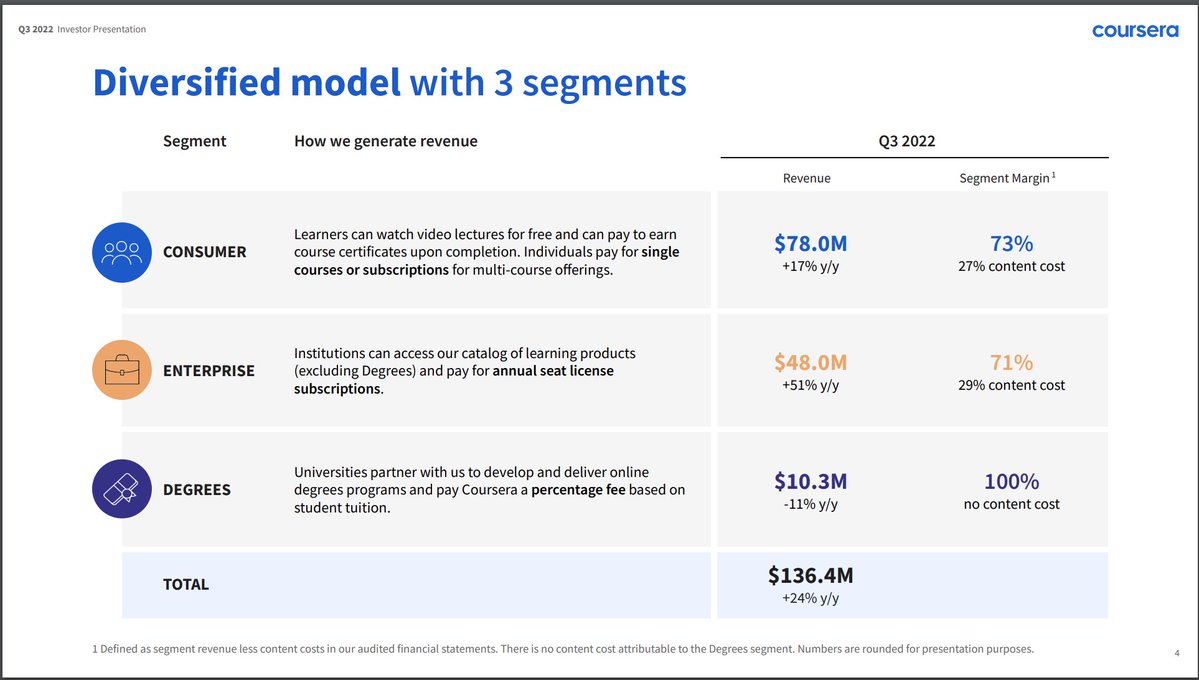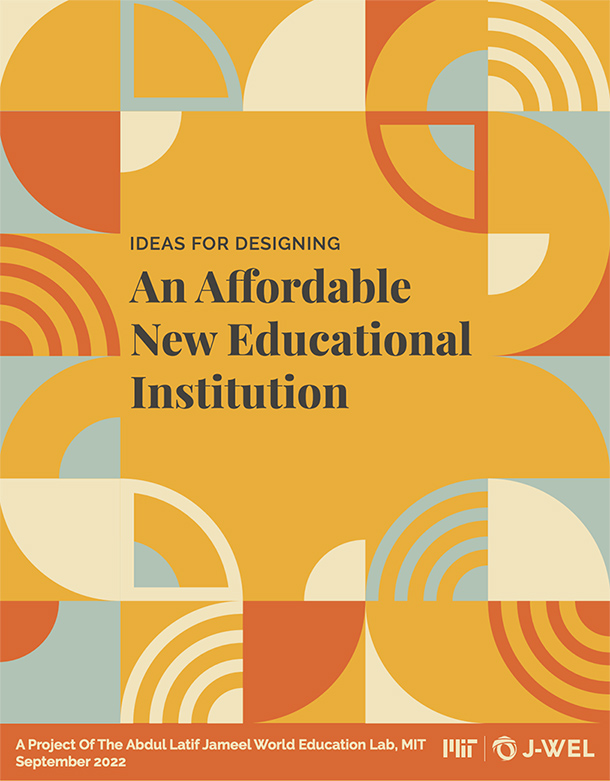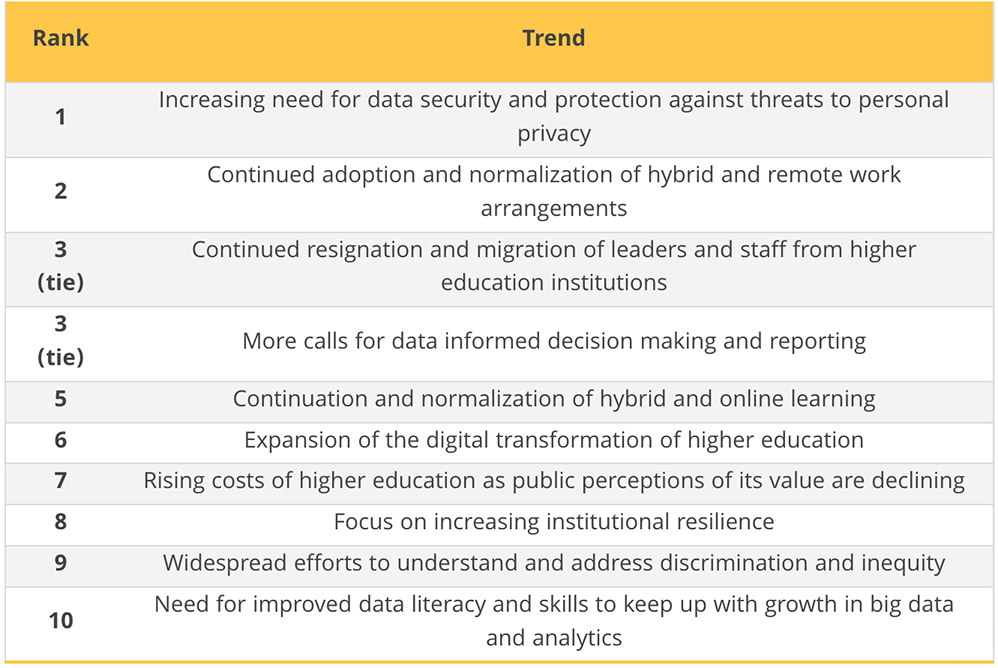A new path to higher education that begins on YouTube! — from blog.youtube by Katie Kurtz, Managing Director, Global Head of Learning
Excerpt:
We’ve partnered with Arizona State University (ASU) and Crash Course to create Study Hall, a new approach that demystifies the college process while creating an affordable and accessible onramp to earning college credit.
Also relevant/see:
YouTube Launches Video Program Creating a Pathway to Real College Credits — from by Joan E. Solsman
Using YouTube videos as a launchpad to Arizona State University virtual courses, people can work toward first-year college credit with little upfront cost.
YouTube unveils new program that enables students to earn college credits — from techcrunch.com by Aisha Malik
The program is expected to expand to 12 available courses by January 2025 to give students a chance to receive credit for an entire first year of college. There is a $25 fee if a student elects to sign up and begin coursework, and a $400 fee to receive college credit for each course.
Some Day In Higher Education: Predictions And Possibilities For A Jolly Academic New Year — from forbes.com by Ann Kirschner
Excerpt:
- Partnering with the private sector. Some university will have a clear strategy and adequate staff to develop strategic partnerships with key regional economic players. These would include internship/apprenticeship student opportunities and curricular initiatives including part-time teaching roles for professors of practice in rapidly changing technologies.
- Looking for presidential talent in new places. Some university will vet its new president for skills and experience as leaders of complex organizations in an era of disruption, with a Ph.D. as a optional nice-to-have. There just aren’t enough good ex-provosts and deans to go around.
- An educated board of trustees. Some university will provide its trustees with a realistic understanding of the highly competitive and complex world of higher education today. Nostalgia for the good old days and a roomful of well-meaning financial experts can strangle innovation at a time when the university should be the leader in solving the world’s challenges, starting with the exploding need for advanced, scalable, affordable education.
Redefining the professoriate. Some university will reject the institutional shame of relying on overworked and underpaid adjunct faculty and on graduate students who are headed for those same dead-end adjunct positions. Some university will evolve the tenure process into one that celebrates and supports faculty as innovative teachers and rewards their critical role in student career development and service to the university.
Udacity’s Train-to-Hire Program Now Available in AWS Marketplace — from prnewswire.com by Udacity; with thanks to GSV for this resource
Excerpt (emphasis DSC):
MOUNTAIN VIEW, Calif., Nov. 29, 2022 /PRNewswire/ — Udacity, the digital talent transformation platform, today announced the availability of its Train-to-Hire Program in AWS Marketplace, a digital catalog with thousands of software listings from independent software vendors that make it easy to find, test, buy, and deploy software that runs on Amazon Web Services (AWS). With the addition of this program, AWS customers can now address technical talent gaps in their organizations by working with Udacity to create customizable, hands-on learning programs that attract and upskill net-new sources of talent. Through these Train-to-Hire Programs, AWS customers can transform the breadth and depth of their talent pipelines, lowering recruiting costs for in-demand roles and improving the diversity of their workforce by offering new opportunities to candidates from underrepresented communities.
As enrollment falls and public skepticism grows, some colleges are cutting their prices — from hechingerreport.org by Jon Marcus
The cost of college has stopped rising faster than inflation for the first time since the 1980s
Excerpt:
Colby-Sawyer College, a nearly 200-year-old institution that inhabits a campus in the heart of this bucolic scene, has announced that it will lower its tuition next year for undergraduates by 62 percent, from $46,364 to $17,500.
The move is among the first of what experts are predicting could be many colleges’ so-called tuition resets. Other schools are adjusting what they charge in different ways.
Fewer than one in five families understand that the “sticker price” colleges put on their websites and in their catalogs is almost certainly more than they will have to pay, and six in 10 say it’s made them walk away without even bothering to apply.
From DSC:
That’s very understandable on that last item/quote.
Next Chapter Matters – Two More Universities Launch Midlife Programs For Every Budget — from forbes.com by Avivah Wittenberg-Cox; with thanks to Ray Schroeder out on LinkedIn for this resource
Excerpt:
Whether you are retiring with millions in the bank or stuck at midlife desperately dreaming of a career pivot, there may soon be a university program for you. The latest offerings coming to the market are a testament to the diversity that is likely to develop as educational institutions start to respond to ageing societies and the future of work.
The idea that you get all the education you need up front in a four-year bundle at 18, should fast fade as careers lengthen towards the six-decade mark and retirement ages drift ever upward. There are now 12 programs on offer, and the two latest launching this year in the US are the University of Chicago and the University of Colorado Denver. (I’ll be looking at programs launching in Europe next).
Report: Progress on College Completion Rates Stalls — from insidehighered.com by Safia Abdulahi; with thanks to GSV for this resource
Excerpt:
A new report from the National Student Clearinghouse Research Center shows that college completion rates have stagnated, with 62.3 percent of students who enrolled in 2016 completing a degree by June 2022—virtually unchanged from last year’s six-year completion rate of 62.2 percent.
Is This the Beginning of the End of the ‘U.S. News’ Rankings’ Dominance? — from chronicle.com by Francie Diep
Excerpt:
If the law deans’ criticism sounds familiar, it’s because it echoes the complaints that have been leveled for decades against an even bigger project: the magazine’s ranking of undergraduate colleges and universities. There, too, critics have said the magazine’s metrics are flawed, opaque, and harm equity efforts.
But seldom have institutions acted on their concerns, as Yale and its peers have recently. And if elite colleges are willing to withdraw their support from one U.S. News ranking in the name of equity, why not another? In other words, is the undergraduate ranking the next venue for this kind of protest?
Not yet.
LinkedIn CEO Ryan Roslansky: Skills, Not Degrees, Matter Most in Hiring — from hbr.org
Summary:
Ryan Roslansky, the CEO of LinkedIn, thinks the site should be a place where its members’ billions of years of collective work experience should be freed to upskill anyone, anywhere, any time. Skills, more than degrees or pedigrees, are the true measure of what makes a great new hire, he argues, especially as the workforce evolves in fast and dramatic ways.
A student debt study unravels the American Dream ideal that college will propel you to the middle class — from fortune.com by Bytrey Williams with thanks to Ray Schroeder for this resource out on LinkedIn

Excerpts:
Looking at a cohort of borrowers from 2009, the report highlights that 50% of undergraduate debtors hadn’t repaid their loans. Across different types of loans, borrowers owed between 50% to 110% of their original loan 10 years after repayment began.
A college degree is undoing the American Dream
Getting a college degree has long been heralded as a staple to the American Dream, viewed as the path to wealth that will eventually buy a house in suburbs with a white picket fence. But the Jain Institute report shows that’s no longer the case.
2023 Higher Education Trend Watch — from educause.edu
Excerpt:
This report focuses on the workforce, cultural, and technological shifts for ten macro trends emerging in higher education in 2023. Across these three areas of shift, we report the major impacts and steps that institutions are taking in response to each trend. Some trends overlap with the 2022 Higher Education Trend Watch report. However, while some topics and issues remain consistent, significant shifts have occurred across many of the trends for 2023.
From DSC:
Will this become a trend within higher education (i.e., more transparent, accurate pricing)?
Why so many colleges have been resetting their tuition — from highereddive.com by Lilah Burke
Colby-Sawyer College is reducing its prices by 60% so tuition more accurately reflects what students pay. Other institutions are doing the same.
Excerpt:
Starting next academic year, Colby-Sawyer College will be decreasing tuition, but it’s not just shaving a few hundred dollars off its sticker price. The college is cutting its price from $46,364 to $17,500, a drop of more than 60%.
The move, said President Susan Stuebner, is intended to make more students consider attending the private New Hampshire college.
“We really recognize the need for transparency in pricing and we’re trying to align the published price more closely with what students currently pay,” she said.
But for Stuebner at Colby-Sawyer, the choice was clear.
“The pattern of higher education being on this trajectory of high-price, high-discount has just gotten so confusing for families. We’re really doing a disservice to them,” she said. “And they’re starting to push back.”
Coursera is Evolving into a Third-Wave EdTech Company — from eliterate.us by Michael Feldstein
Excerpts:
This is the vision of Coursera’s three-sided platform at scale, connecting learners, educators and institutions in a global learning ecosystem designed to keep pace with our rapidly changing world.
Coursera CEO Jeff Maggioncalda

The point of this slide is to show the diversification of Coursera’s business. Degree programs may be down, but enterprise licenses and direct-to-consumer certificates are up. But it also indicates Coursera’s ability to diversify revenue streams for its university content providers. The enterprise business provides a distribution channel between universities and employers. From what I can tell, it’s a Guild competitor, even though the two companies look very different on the surface. The consumer segment started as the MOOC business and has expanded into the “tweener” space between courses and degrees: certificates, microdegrees, whatever.











